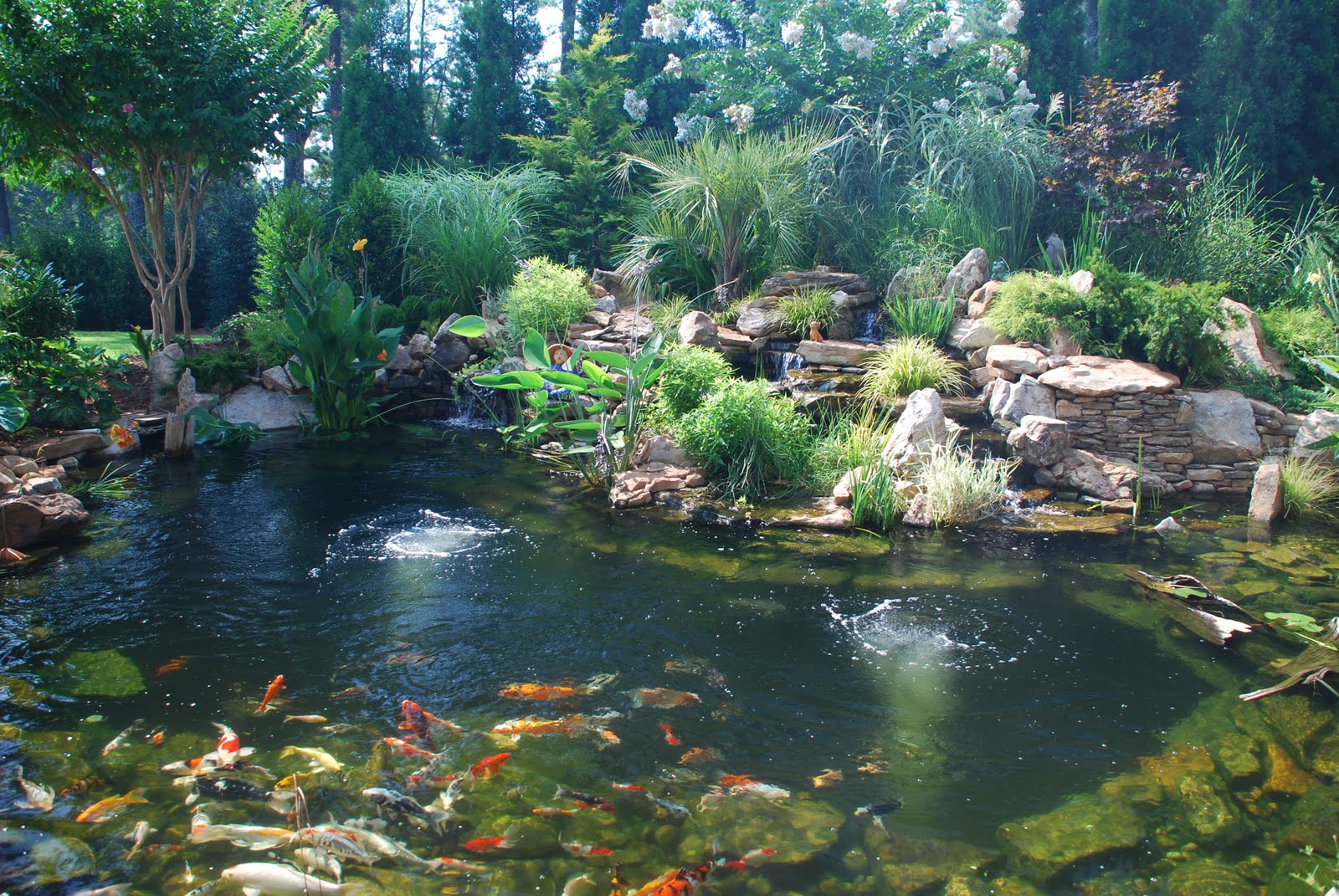
10 Tips for Koi Pond Stocking: Ensure a Healthy and Happy Fish Environment
Introduction
Koi ponds are a beautiful and relaxing addition to any garden, but they require a lot of work and care to keep the fish healthy and happy. Part of maintaining a koi pond involves proper stocking of fish. In this article, we’ll discuss 10 tips for koi pond stocking that will ensure your fish have a healthy environment to thrive in.
1. Consider the Size of Your Pond
Before stocking your koi pond, it’s important to consider the size of your pond. You don’t want to overcrowd your pond with too many fish. As a general rule, you should allow for at least 2.5 square feet of surface area per fish. If your pond is too small, you can consider getting smaller koi or a fewer number of fish.

2. Choose Healthy Fish
When selecting fish for your koi pond, choose healthy fish that are free of disease or parasites. Look for bright and vibrant colors, clear eyes, and a responsive nature. It’s also important to check for any signs of physical damage or deformities.
3. Add Fish Slowly
It’s important to add fish slowly to your koi pond. This allows the pond to adjust to new fish and prevents the buildup of ammonia and nitrate levels. As a general rule, you should add no more than 1-2 fish per 500 gallons of water at once. Wait a week or two before adding more fish.
4. Provide Adequate Filtration
Koi produce a lot of waste, and without proper filtration, the water in your pond can quickly become toxic. It’s important to provide adequate filtration to remove any excess waste and keep ammonia and nitrate levels in check. Consider a mechanical filter, biological filter, and a UV sterilizer for optimal filtration.

5. Maintain Proper Water Quality
Maintaining proper water quality is essential for the health of your koi. The pH balance should be between 7.0 and 8.0, and the water hardness should be between 150 and 200 ppm. Make sure to test the water regularly and make necessary adjustments. Aerate your pond to keep oxygen levels high.
6. Consider the Age and Size of Fish
When stocking your koi pond, consider the age and size of the fish. Young koi will grow quickly, so make sure to account for their eventual size when stocking. It’s also important to avoid mixing very young fish with larger fish, as the larger fish may prey on the smaller fish.
7. Feed Fish Responsibly
Feeding your koi is an important part of keeping them healthy, but it’s important to feed them responsibly. Overfeeding can lead to excess waste and poor water quality. As a general rule, feed your koi once per day and only feed them what they can eat in 5-10 minutes.
8. Provide Hiding Places
Koi are social creatures, but they also need places to hide and relax. Provide plenty of hiding places in your pond, such as aquatic plants, rocks, and artificial caves. This will give your fish a sense of security and help reduce stress levels.

9. Quarantine New Fish
Before adding new fish to your koi pond, it’s important to quarantine them for a few weeks to make sure they’re healthy and free of disease. This will prevent any potential infections from spreading to other fish in your pond.
10. Regularly Monitor Your Pond
Regularly monitoring your koi pond is essential for maintaining a healthy environment for your fish. Monitor water quality, filter performance, and the behavior of your fish. Make necessary adjustments as needed to ensure your fish have the best possible living conditions.
Conclusion
Stocking your koi pond with healthy fish is essential for maintaining a happy and thriving fish environment. Follow these 10 tips for koi pond stocking to ensure your fish have the best possible living conditions. With proper care and attention, your koi pond can be a beautiful and peaceful addition to your garden.